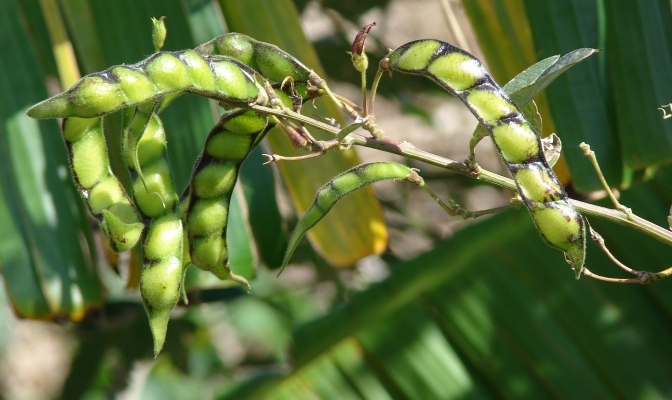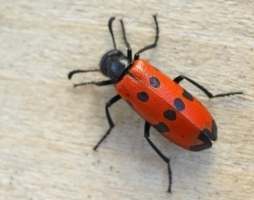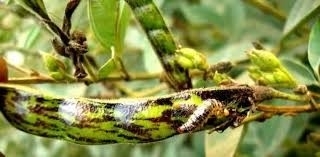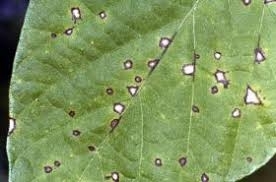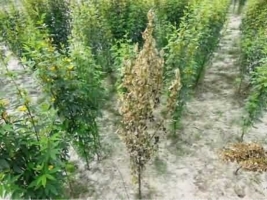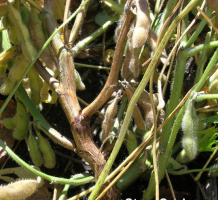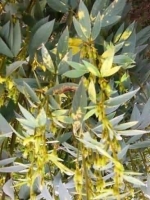AL-15: It is a short duration variety, matures in 135 days. Pods are borne in clusters. It gives average yield of 5.5 qtl/acre.
AL 201: It is early maturity variety. It matures in about 140 days. Main stem is stronger than side branches. Each pod contains 3-5 yellowish brown and medium size seeds. It gives average yield of 6.2 qtl/acre.
PPH 4: First Arhar hybrid in Punjab. It matures in 145 days. Plants are tall and about 2.5 to 3 meter tall. Each pod contains 5 yellowish brown seeds of medium size. It gives average yield of 7.2-8 qtl/acre.
PAU 881 (2007): Its an early maturing variety with an indeterminate growth habit. It develops in 132 days and leaves the field in plenty of time to sow the next wheat crop. Its plants reach a height of about 2 metres. Pods are abundant, with each pod containing about 3-5 yellow brown, medium-sized seeds. Its average grain yield per acre is around 5.1 quintals.
AL 882 (2018): It has a semi-determinate growth habit and is a short statured, early maturing variety. It develops in about 132 days and leaves the field in plenty of time for the next wheat crop to be sown. Its plants are compact and grow to be between 1.6 and 1.8 metres tall. Pods are produced in various and scattered clusters near the top of the plant. Podding is abundant, with each pod containing 3-5 medium-sized yellowish brown seeds. The average grain yield per acre is around 5.4 quintals.
Other state varieties:
IPA 206: It is a long duration variety resistant to Wilt, Medium seed size seeds with oval shape and purple coloured seed coat. Its average yield is 10q/acre. It is recommended for UP area.
IPA 203: It shows resistance to Sterility Mosaic disease (SMD), Fusarium wilt, and phytophthora blight, large seed size with high yielding (7-8q/acre) nature. It is recommended for NPEZ (North East Plain Zone).
UPAS-120: This variety matures earlier (120-125 days). These are medium-sized, semi-spreading plants. The seeds are small and light brown. The average yield per acre is 6-8 quintals. It is vulnerable to the sterility mosaic disease.
ICPL 151 (Jagriti): Ready to harvest in 120-130 days. It gives average yield of 4 to 5 qtl/acre.
Pusa Ageti: Dwarf bold seeded variety, ready to harvest in 150 to 160 days. It gives average yield of 5 qtl /acre.
Pusa 84: Medium tall, semi spreading variety, ready to harvest in 140 to 150 days.
IPH 09-5 (Hybrid)

